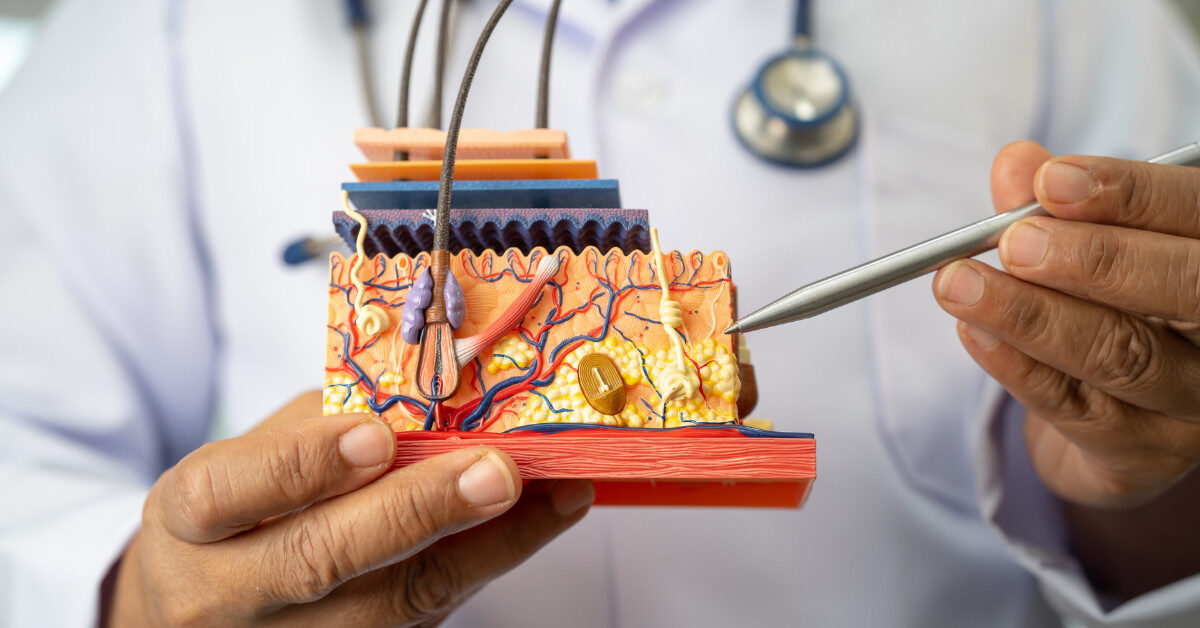
Understanding Emotional Distress After a Cancer Diagnosis
For a patient recently diagnosed with cancer, mental or psychological distress is normal. Feelings of anger, depression, fear, and grief are also normal. These intense feelings may wane and wax during one’s cancer journey.
If you have these feelings, know that you are not alone. Resources are available to help.
Research Insights
It’s also important to know that the psychological distress associated with a recent diagnosis of cancer impacts spouses, too. Worries about the future are not exclusive to the patients. Medical science has clearly established that the mental health of the spouses of patients with cancer suffers during the cancer journey.
For example, 2009 studies on the Scandinavian population demonstrated an increase in psychiatric disorders among partners of patients with cancer1, and a 2023 study showed that the risk of experiencing stress or a psychiatric disorder like depression increased by 30% during the first year after a diagnosis of cancer and was more likely among spouses when the prognosis was poor.2
A new study from Denmark about the mental health of spouses of patients with cancer adds to our understanding and is important to highlight. This study measured suicide attempts and deaths among spouses of patients with cancer and, disturbingly, the study observed increased risks for both³ when the spouse was diagnosed with certain cancers. Melanoma had only a slight increase in spousal suicide attempts—but not deaths—as compared to other cancers. Nonmelanoma skin cancers had no increased risk for attempts or deaths.

September is National Suicide Prevention Month
We’re sharing this study’s findings this month, as September is National Suicide Prevention Month.
Study Overview
The study included 2,456,020 individuals from the Danish Civil Registration System and the Danish Cancer Registry. The time period covered was from 1986 through 2016. It’s important to note that the spouses in the study did not have an elevated history of psychiatric disorders, which suggests that the cancer diagnosis may be the cause of the distress.
Vulnerable Groups and Commonalities
Spouses in the most vulnerable group had the following commonalities3:
- Their suicides attempts were within the first year following their spouses’ diagnosis of cancer
- Their spouses’ cancer was diagnosed at an advanced stage
- Their spouse died after the cancer was diagnosed
- They were more likely to be male with a history of cancer themselves
- Their household income was at the lowest level compared to the rest of the population
- Spouses’ cancer sites were more likely to be cervical, esophageal, liver, ovary, pancreas, or stomach
Cancer Types and Suicide Risk
Spouses’ cancers that lacked a clearly-defined pathway to achieve a good outcome between 1986-2016 were more highly associated with suicide attempts or death. One positive to note: Due to the approval of new immunotherapies and targeted drugs, the outlooks have improved since the years of the study for some of these cancer types.
Among the lowest levels of suicide attempts were spouses’ cancer types that included female uterine, hematological (leukemias and lymphomas), melanoma, nonmelanoma skin, male prostate, and thyroid.3 With the newest treatments, the outcomes for all these cancer types have continued to improve.
Unfortunately, there is a trend in the U.S. of increasing mortality rates in midlife (ages 25 through 64 years) from suicide. Between 2000 and 2019, suicides increased in the U.S. by 44.6% among middle-aged adults. The rates stabilized in 2020 during the COVID-19 pandemic.4
Understanding Suicidal Ideation
Awareness of the behaviors that indicate suicidal ideation, from thoughts to implementation, is critical knowledge for saving lives. At a higher-than-average risk are veterans suffering from post-traumatic stress disorder.5
Behaviors linked to suicide are a decreased understanding of one’s feelings, increased impulsivity that leads to dysregulated emotions, and increased aggression. Higher levels of cortisol and testosterone, along with a history of suicide attempts, are found among those who committed suicide.6

Warning Signs of Suicidal Thoughts
Behaviors that might indicate someone is contemplating suicide include7:
- Increased communication about advanced planning, death, or emptiness
- Feelings of an unbearable amount of mental anguish or physical pain
- Sudden withdrawal from others and/or saying goodbye, including giving away possessions
- Extreme, unordinary mood swings and reactions
- Major changes in eating and sleeping habits
- Using alcohol or drugs more often
- Stockpiling harmful agents and/or looking for a deadly plan
If you observe these behaviors in someone or you recognize them in yourself, take action. Suicidal ideation is a sign of extreme distress. Help is available.
You Are Not Alone
No one has to go through the cancer journey alone – patients, spouses of patients, nor caregivers. Reach out for help.
Free Resources Standing by to Help:
- National Suicide Prevention Lifeline: 1-800-273-TALK(8255)
- National Hopeline Network, Suicide & Crisis Hotline: 1-800-442-HOPE(4673)
- The Suicide & Crisis Lifeline: Text 988. If you don’t know what to write, start with their suggestion, “When you get a chance can you contact me? I feel suicidal, and could use some support.”
References:
- Sjövall K, Attner B, Lithman T, et al. Influence on the health of the partner affected by tumor disease in the wife or husband based on a population-based register study of cancer in Sweden. J Clin Oncol. 2009;27(28):4781-6. doi: 10.1200/JCO.2008.21.6788.
- Hu K, Liu Q, László KD, et al. Risk of Psychiatric Disorders Among Spouses of Patients With Cancer in Denmark and Sweden. JAMA Netw Open. 2023;6(1):e2249560. doi: 10.1001/jamanetworkopen.2022.49560.
- Liu Q, Yang F, László KD, et al. Suicide Attempt and Suicide Death Among Spouses of Patients With Cancer. JAMA Oncol. 2024:e243036. doi: 10.1001/jamaoncol.2024.3036.
- Woolf SH. Increasing Mortality Rates in the US, but Not From COVID-19. JAMA. 2024. Online ahead of print. doi: 10.1001/jama.2024.13626.
- Shelef L, Itzhaky L, Bechor U, et al. Relationships of DSM-5 PTSD symptom clusters to suicidal ideation and death ideation in outpatient military veterans. Psychiatry Res. 2024:339:115993. doi: 10.1016/j.psychres.2024.115993.
- Lee Y, Gilbert JR, Waldman LR et al. Potential association between suicide risk, aggression, impulsivity, and the somatosensory system. Soc Cogn Affect Neurosci. 2024;19(1):nsae041. doi: 10.1093/scan/nsae041.
- National Institute of Mental Health, part of the National Institutes of Health. Suicide Prevention. https://www.nimh.nih.gov/health/topics/suicide-prevention. Accessed September 5, 2024.
Recent Posts

Regeneron Announces Approval of Cemiplimab-rwlc for Adjuvant Treatment of Cutaneous Squamous-Cell Carcinoma with a High Risk of Recurrence After Surgery and Radiation

Preparing for Your First Oncology Visit: A Complete Guide for Skin Cancer Patients

Skin Cancer in Aging Veterans: Unique Risks & Considerations

The Genetics of Skin Cancer: Insights from Dr. Kenneth Tsai

